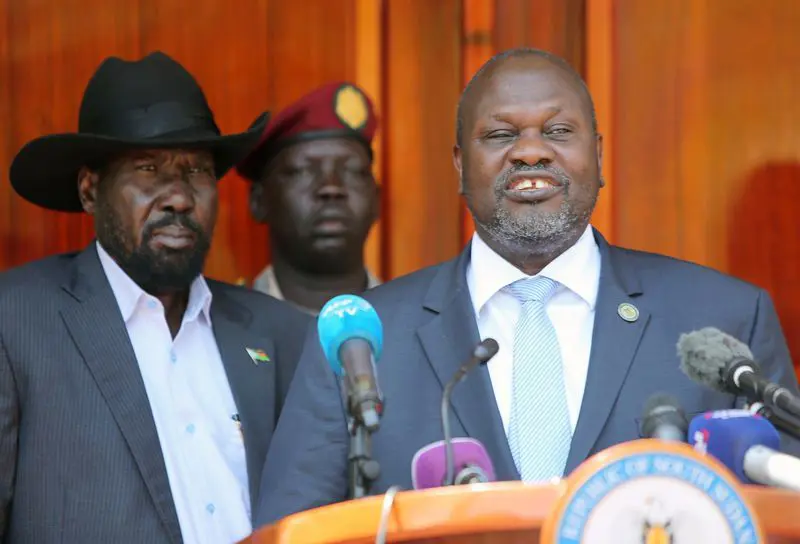KAMPALA, Uganda — On September 3, 2025, China marked the 80th anniversary of Japan’s surrender in World War II with its largest-ever military parade, a carefully choreographed spectacle in Beijing’s Tiananmen Square that blended historical symbolism with a clear projection of modern power.
The event drew more than 20 world leaders, including Russian President Vladimir Putin and North Korean leader Kim Jong Un, underscoring Beijing’s growing alliances. For many observers, the parade was not only a showcase of cutting-edge weaponry but also a bold declaration of China’s ambition to reshape the global order.
President Xi Jinping, wearing a traditional Mao-style suit, inspected the troops from an open-top Hongqi L5 limousine—an image that captured both China’s revolutionary past and its technological present. The parade unveiled 11 weapons systems never seen before in public, among them hypersonic missiles such as the DF-17 and DF-26D—dubbed “carrier killers” for their ability to bypass missile defenses—and new intercontinental ballistic missiles (ICBMs) like the DF-61 and DF-5C, extending China’s reach to any corner of the globe.
One of the most significant moments was the debut of China’s complete nuclear triad: land, sea, and air-launched nuclear missiles. The Jinglei-1 air-launched missile, the Julang-3 submarine-based ICBM, and land-based systems like the Dongfeng-31 and Dongfeng-61 signaled Beijing’s determination to cement its position as a fully fledged nuclear power with global strike capability.
The display also highlighted China’s rapidly advancing drone technology, from the GJ-11 “Loyal Wingman” unmanned combat aerial vehicle to the AJX002 underwater drone, pointing to ambitions in both aerial and undersea warfare. Carrier-based fighter jets such as the upgraded J-15T and the stealthy J-35 reinforced China’s drive to expand its aircraft carrier fleet and project power into the world’s oceans. On the ground, next-generation tanks like the Type 99B and Type 100 were rolled out, while space and laser defense systems—including the HQ-29, reportedly capable of disabling satellites—signaled growing capacity in non-kinetic warfare.
But beyond the technology, the parade carried a deeper political message. Analysts described it as a “direct challenge to global powers,” particularly the United States, against the backdrop of intensifying tensions over Taiwan and regional security. The presence of Putin and Kim Jong Un alongside Xi sent a pointed signal of solidarity—what some have called an “Axis of Upheaval”—in contrast to the conspicuous absence of Western leaders.
The timing was also strategic. As global uncertainty deepens, U.S. President Donald Trump condemned the event on social media, accusing Xi of conspiring against America and sarcastically sending “warm regards” to Putin and Kim. His remarks reflected the widening rift between Washington and an increasingly assertive Beijing-led bloc.
For Africa, and Uganda in particular, the implications are nuanced. China’s presence on the continent is primarily economic, seen through flagship projects like Uganda’s Standard Gauge Railway and the Karuma Hydroelectric Power Station. Yet this dramatic show of military strength raises questions about how China’s global ambitions could influence Africa’s place in a shifting world order.
“China’s military parade is a reminder of its rising influence—not just economically but also militarily,” noted Dr. Andrew Musisi, a political scientist at Makerere University. “For Uganda, it underscores the need to navigate partnerships carefully, with an eye on how global power shifts may affect our sovereignty and security.”
By drawing leaders from more than two dozen countries while being boycotted by most Western powers, the parade also underscored China’s push for a multipolar world. Xi’s speech emphasized dialogue, peace, and what he termed a “correct historical perspective,” a deliberate contrast to the Western narrative of the post–World War II order.
The 2025 Victory Day parade will be remembered not just as a display of weapons, but as a defining statement of Beijing’s strategic ambitions. For Uganda—and Africa at large—it is a timely reminder to weigh the opportunities and risks of aligning with a rising power that increasingly seeks to reshape the global stage.






